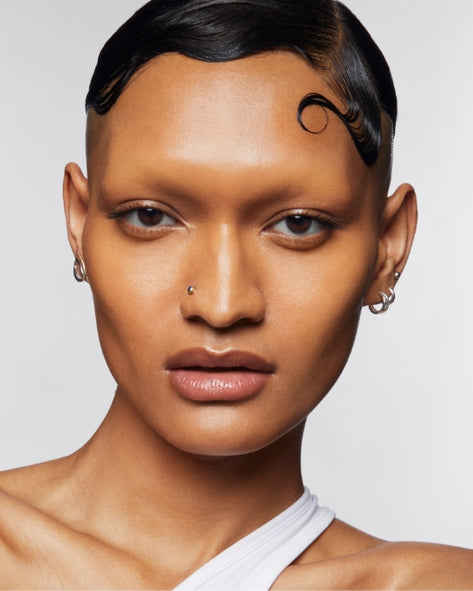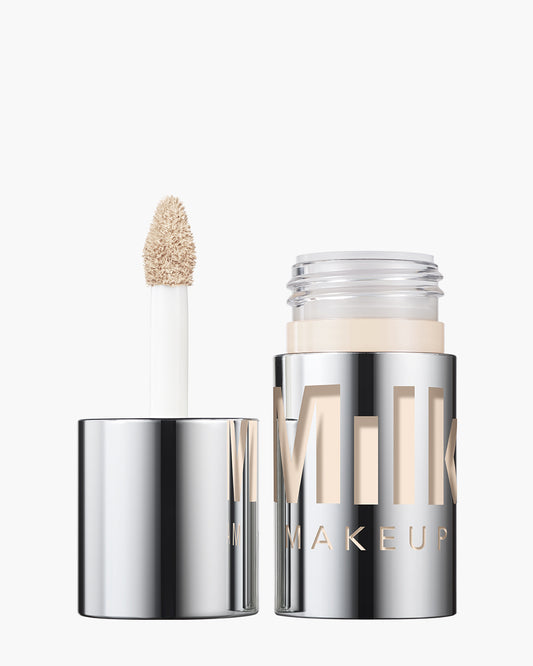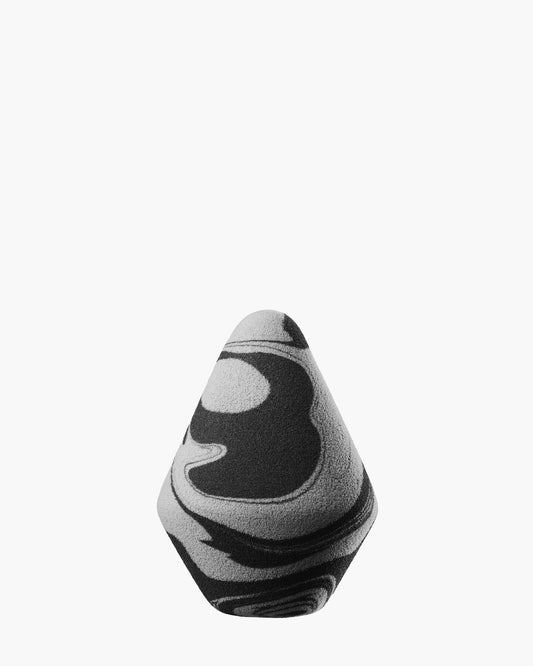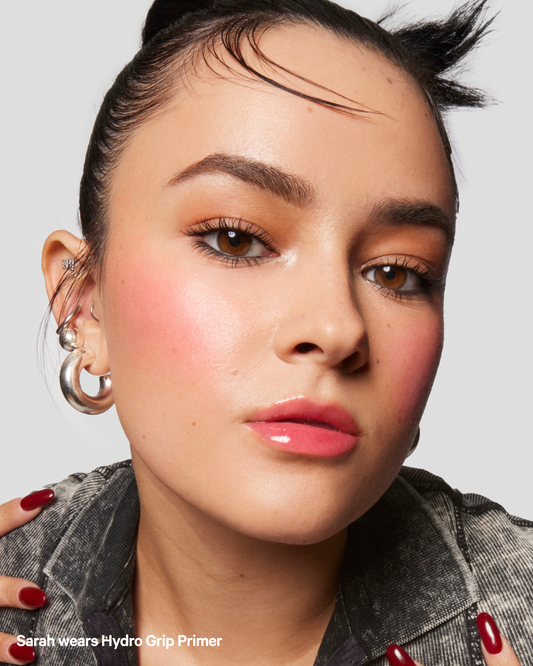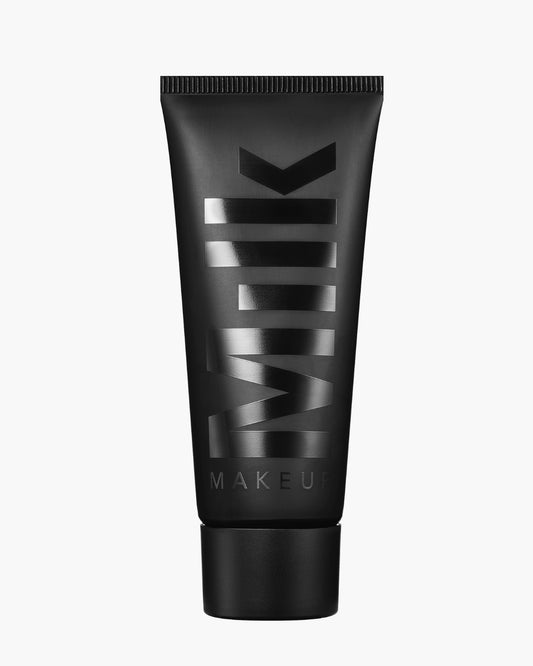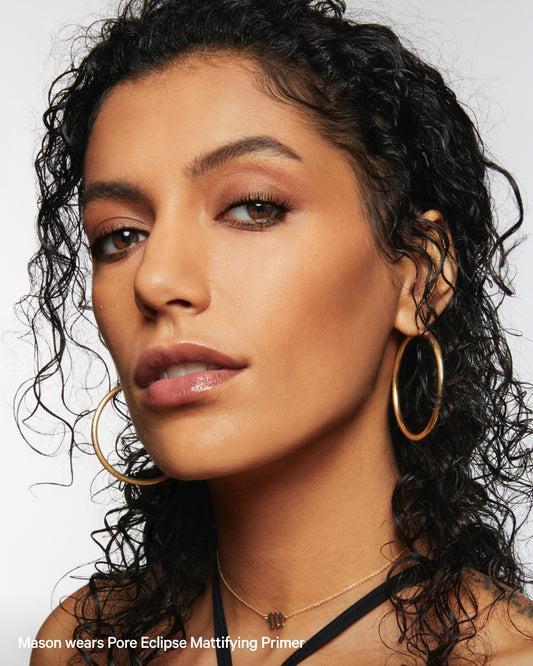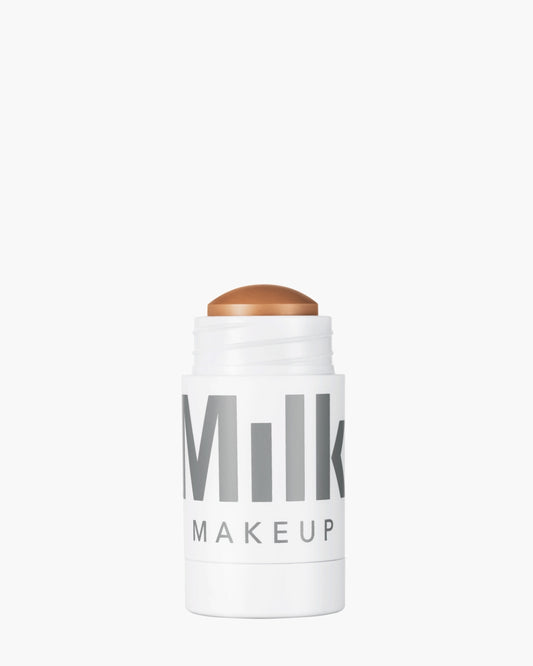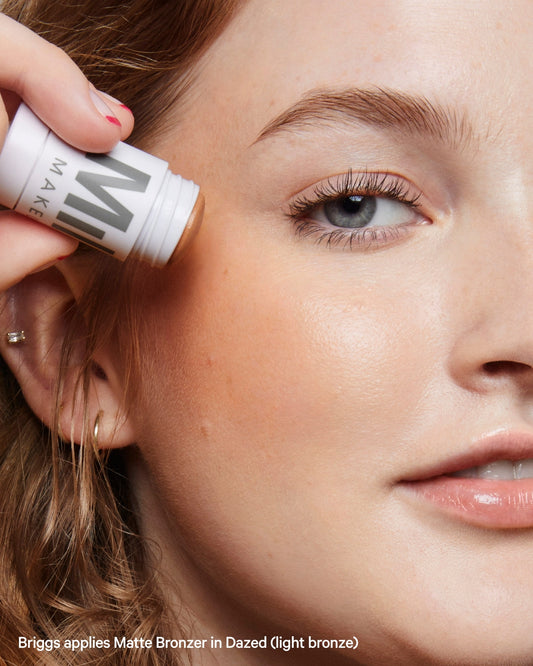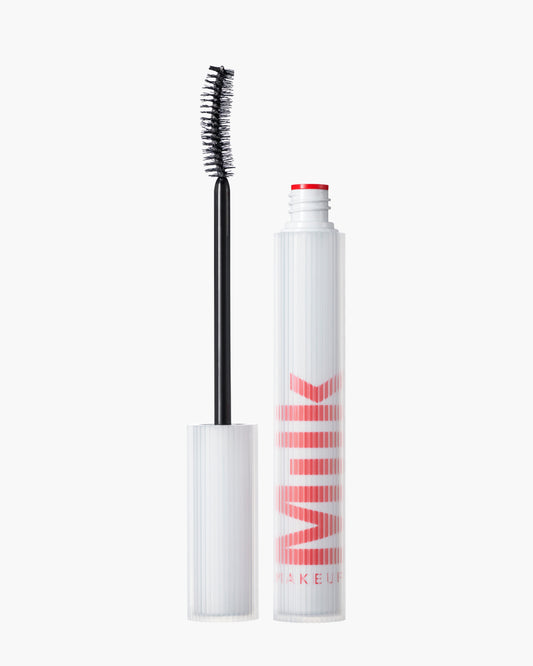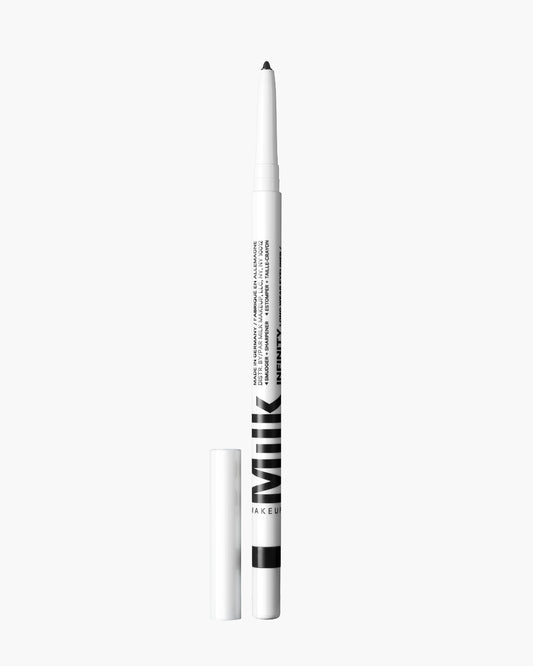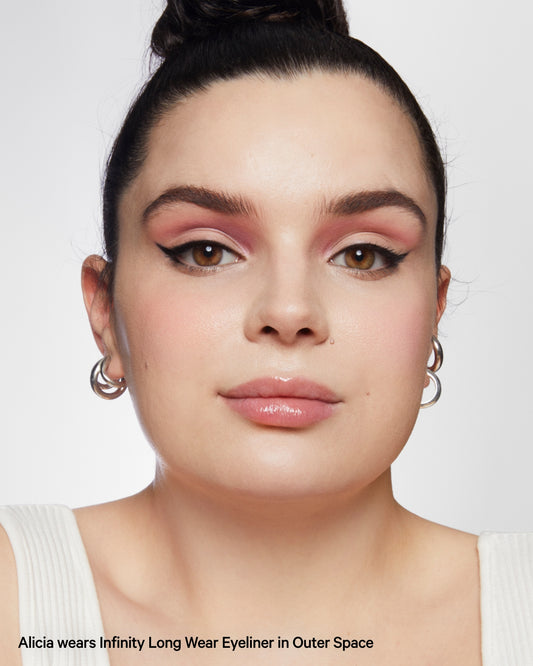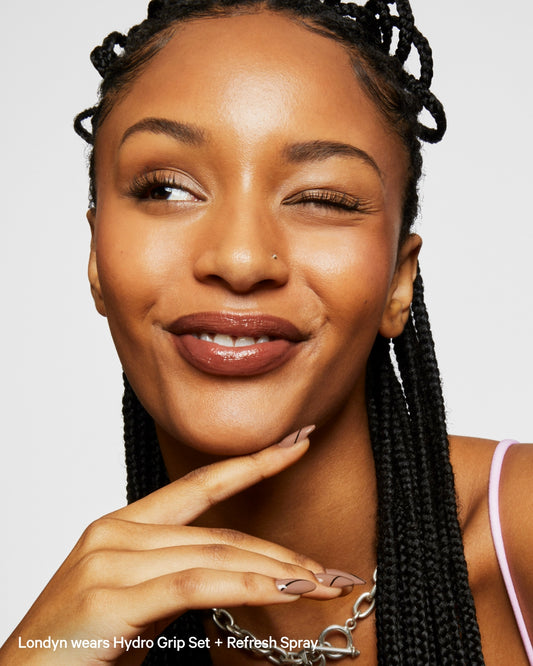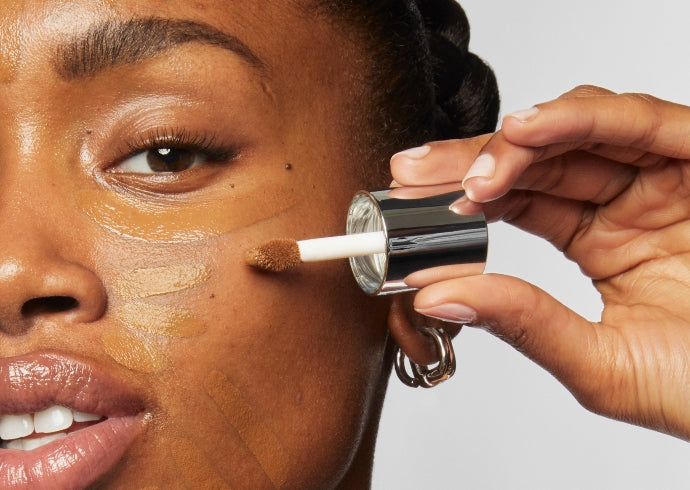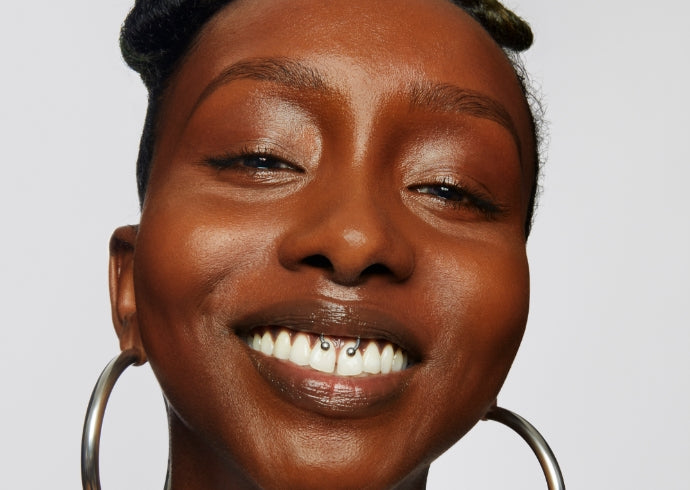Arnica is one of those active ingredients that may sound familiar, but doesn’t have the same name recognition as, say, vitamin C. But arnica in cosmetics isn’t a new phenomenon. In fact, it’s anything but, having been around for years (and years, and years). “Arnica has been used for medicinal purposes since the 1500s,” says dermatologist Hadley King, M.D., noting the variety of health conditions it’s been used for over the centuries, from sprains to joint pain.
These days, you can find arnica in skincare and makeup formulas alike, where its anti-inflammatory properties are put to good use to calm and soothe stressed-out skin. With that in mind, here’s what you need to know about this wonder herb—and how you can make the most of its benefits.
What is arnica?Arnica is one of those ingredients that has stood the test of time. “Derived from a plant in the sunflower family, arnica is a homeopathic herb thought to contain anti-inflammatory properties when applied to the skin topically,” says dermatologist Melanie Palm, M.D. For that reason, “products with arnica are thought to decrease inflammation and swelling, and soothe bug bites,” she explains. “That said, arnica is not regulated by the FDA and there is limited scientific research to prove its benefits.” Why is arnica used in cosmetics and personal care products?While you can find arnica designed for oral ingestion (in the form of tinctures or teas), those are best avoided. “As an herb, arnica is usually used on the skin because it can cause serious side effects when taken by mouth,” Dr. King explains. “Oral homeopathic remedies do contain arnica, but they use a diluted form that is not considered dangerous.” With topical application, you’re way less likely to run into any issues. What does arnica extract do in cosmetics?It’s usually meant to calm and soothe skin, says Dr. King, who points to research showing that arnica inhibits inflammatory reactions — think redness, tenderness, and discomfort. |
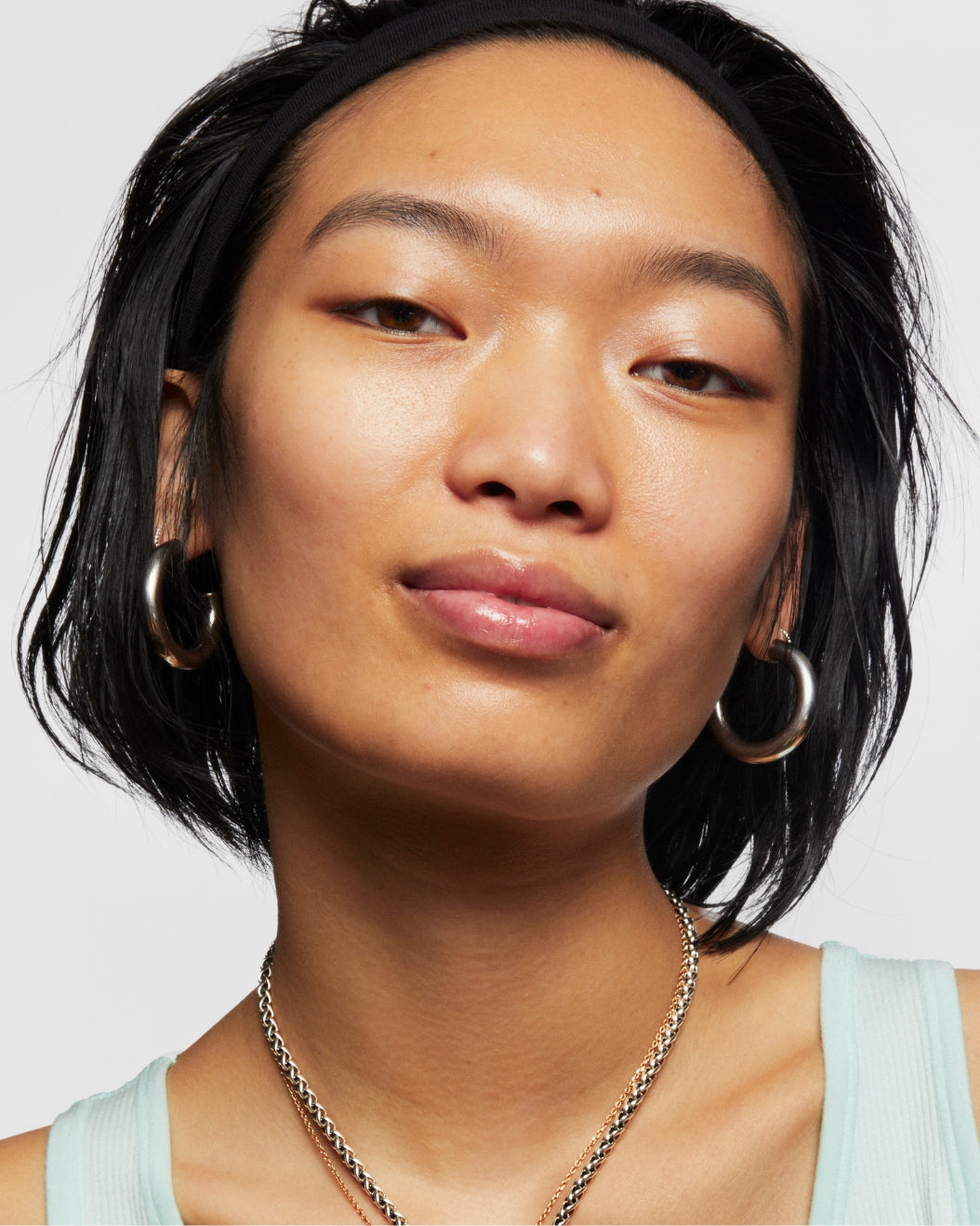 |
Who should be using arnica?
Arnica works for all skin types, but it may be especially powerful for people dealing with reactive skin. “Due to its anti-inflammatory properties, individuals with sensitive skin or rosacea may benefit from incorporating arnica into their skincare routines to calm redness and irritation—assuming they don’t have any allergic reactions to it after patch testing,” says Dr. Palm.
Consider it off-limits if, for instance, you have a cut. “Arnica can be poisonous in larger doses, so it’s important to not apply it on broken skin as too much could be absorbed into the body,” says Dr. King. “This includes open wounds and infected areas.”
And if you’re allergic to sunflowers or sunflower seeds, stay away, warns Dr. Palm. “It’s possible you’re at risk for an allergic reaction to arnica,” she explains. (Arnica is a cousin of the bloom.)
How to know if your arnica is workingEasy: “If you notice your skin is less irritated or inflamed after using arnica topically, it’s likely working for you,” says Dr. Palm. Since its main goal is to reduce inflammation, any improvement in those measures, such as less swelling and minimized redness, is a sign that arnica is working its magic. That said, “if you’re just introducing arnica into your skincare routine, pay attention to your skin’s reactions 30 minutes to an hour after application to ensure you’re not experiencing an allergic reaction,” she says. How to get the benefits of arnica in your skincare routineWhile you can find arnica in a variety of beauty products for both face and body, don’t sleep on it in cosmetics, where it can deliver skin-minded benefits to your makeup regimen. Our Future Fluid All Over Cream Concealer pairs a super-small, perfectly safe amount (0.1%, to be exact) with 1% aloe vera to actively soothe skin as it provides lightweight coverage, helping to reduce any redness or swelling that it's hiding—we see you, breakouts. Keep in mind, “the biggest drawback is that we don't have enough high-quality data to know how effective arnica is,” says Dr. King. But if history is any indication, its benefits are enough to keep people coming back, year after year, century after century. |
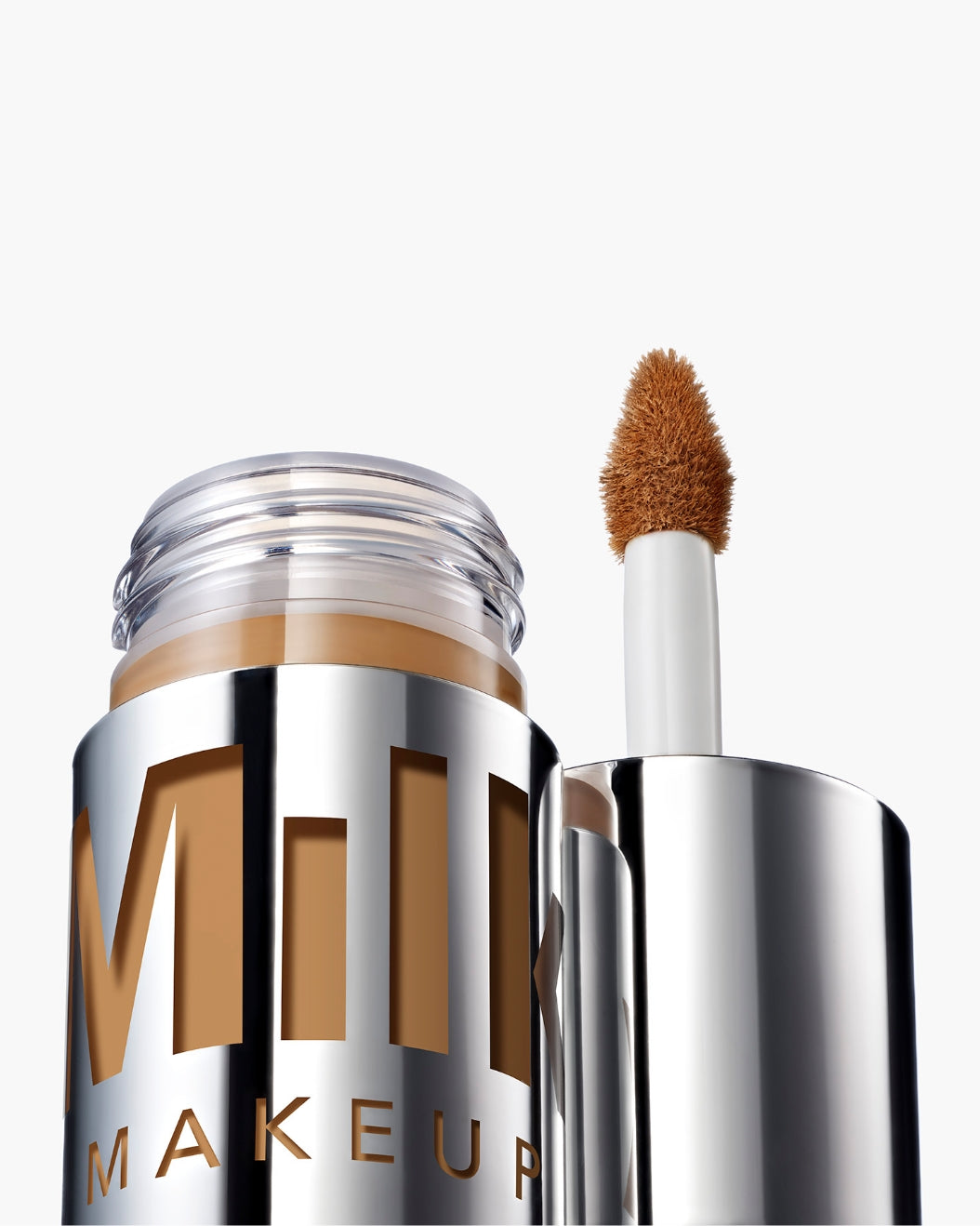 |
Meet the Experts:
Hadley King, MD (she/her) is a New York City-based board-certified dermatologist who specializes in medical and cosmetic dermatology. She is also a Clinical Instructor of Dermatology at the Weill Medical College of Cornell University. Dr. King graduated magna cum laude from Harvard College with a degree in biochemistry. She received her MD from Columbia University. She trained in medicine at Greenwich Hospital, affiliated with the Yale University School of Medicine, and completed her dermatology residency at the Weill Medical College of Cornell University.
Melanie D. Palm, MD, MBA (she/her) is a San Diego-based board-certified dermatologist and fellowship-trained dermatologic cosmetic surgeon. Her dedication to education is a testament to her passion for healthy skin and happy patients. Dr. Palm has authored over 25 published medical articles and four book chapters on varying subjects within the dermatology and cosmetic surgery literature.
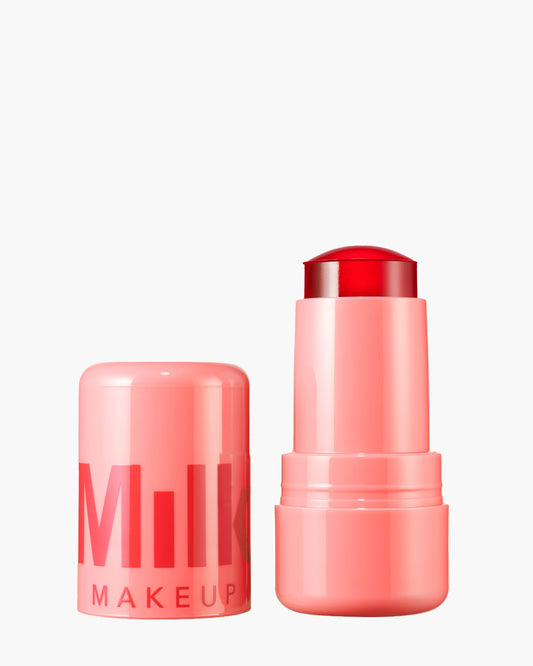
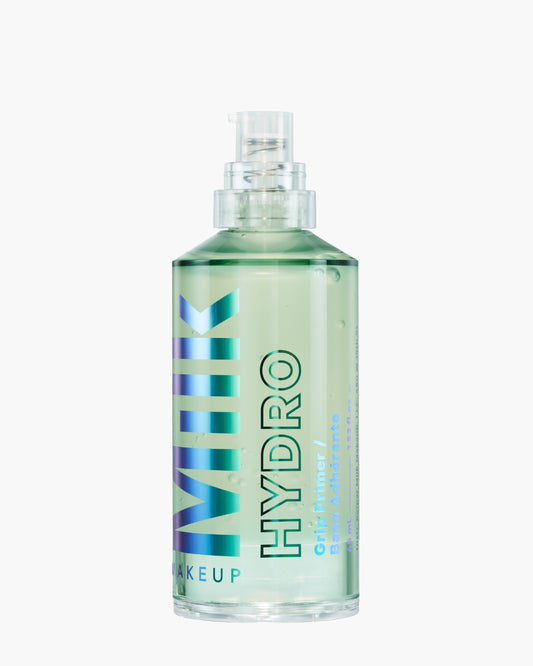
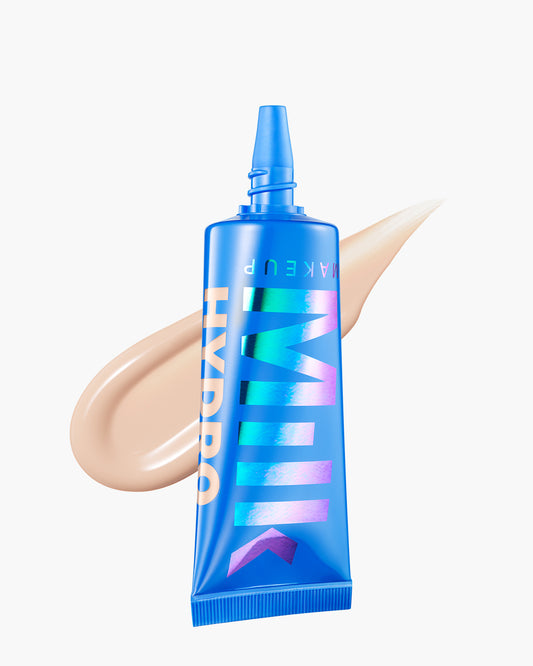
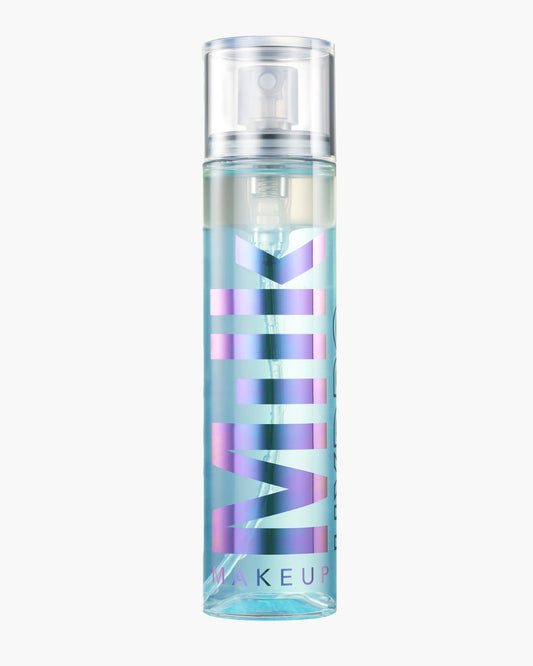
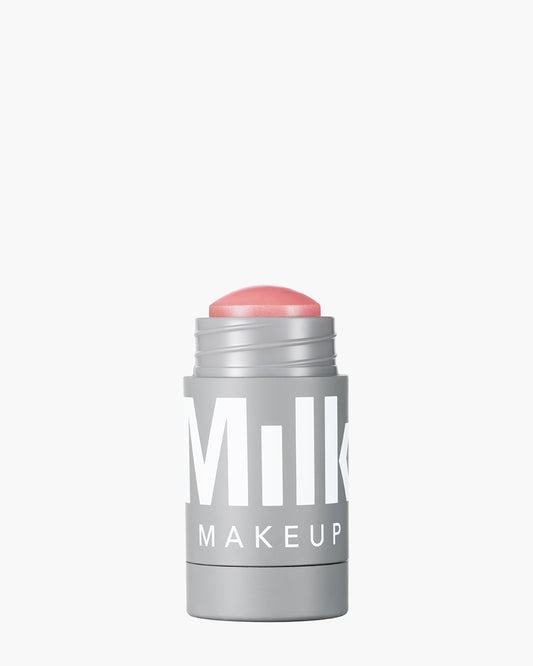
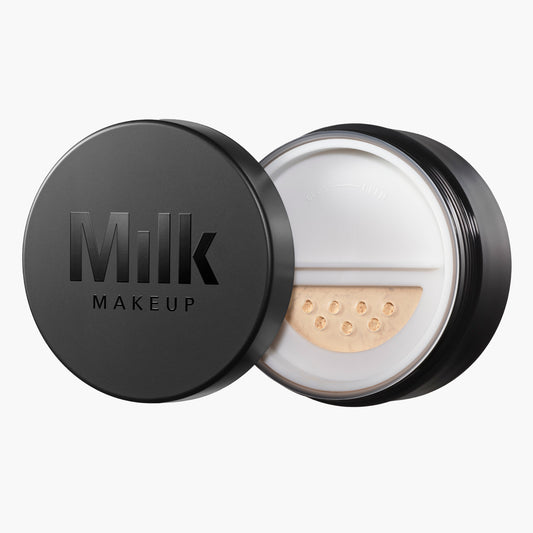
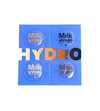
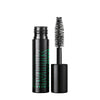
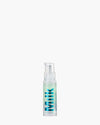
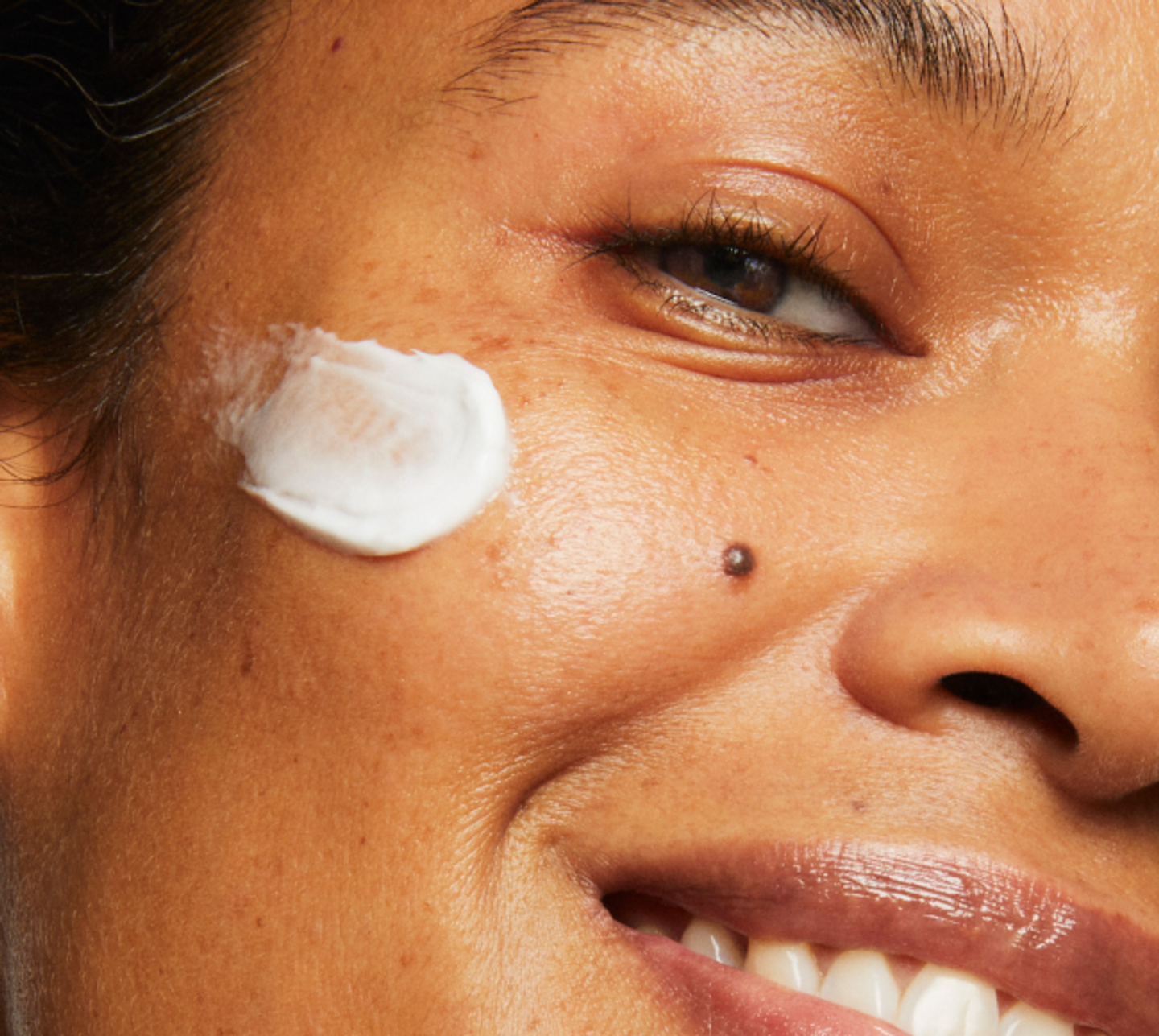

 "
"